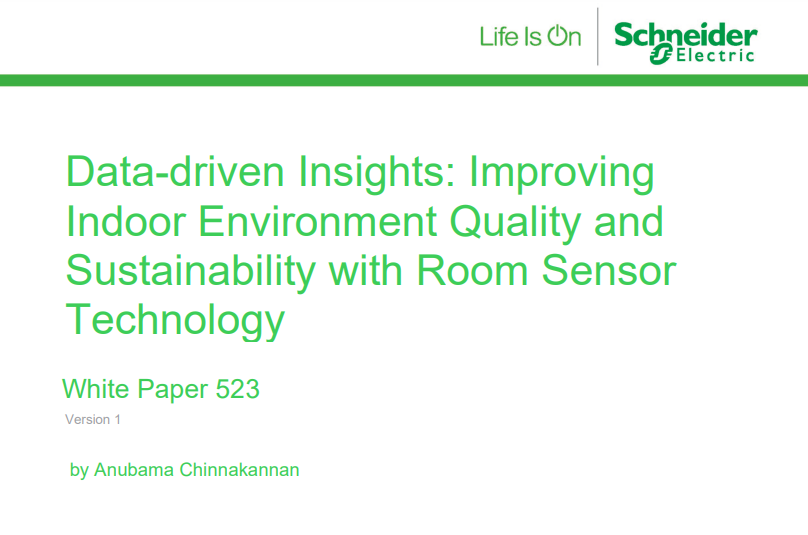Data-driven Insights: Improving Indoor Environment Quality and Sustainability with Room Sensor Technology

Digitalization is driving every aspect of the building industry, including the adoption of room sensing technology. But there are differences in room ventilation options and they’re not all created equally. This paper reviews the values of real-time data captured by room sensors, specifically its effect when paired with room ventilation technologies such as constant air volume (CAV) and demand-controlled ventilation (DCV) systems. It discusses the value of data driven decision making and identifies low hanging fruit for energy efficient operation via scalable analytics dashboards. It explores the idea of people counting as an accurate way of maximizing energy savings, space optimization, and occupant comfort. It concludes with key considerations for choosing a partner for holistic building management plus room-level sensing functions for faster time to market (TTM) and better returns on investment (ROI).


